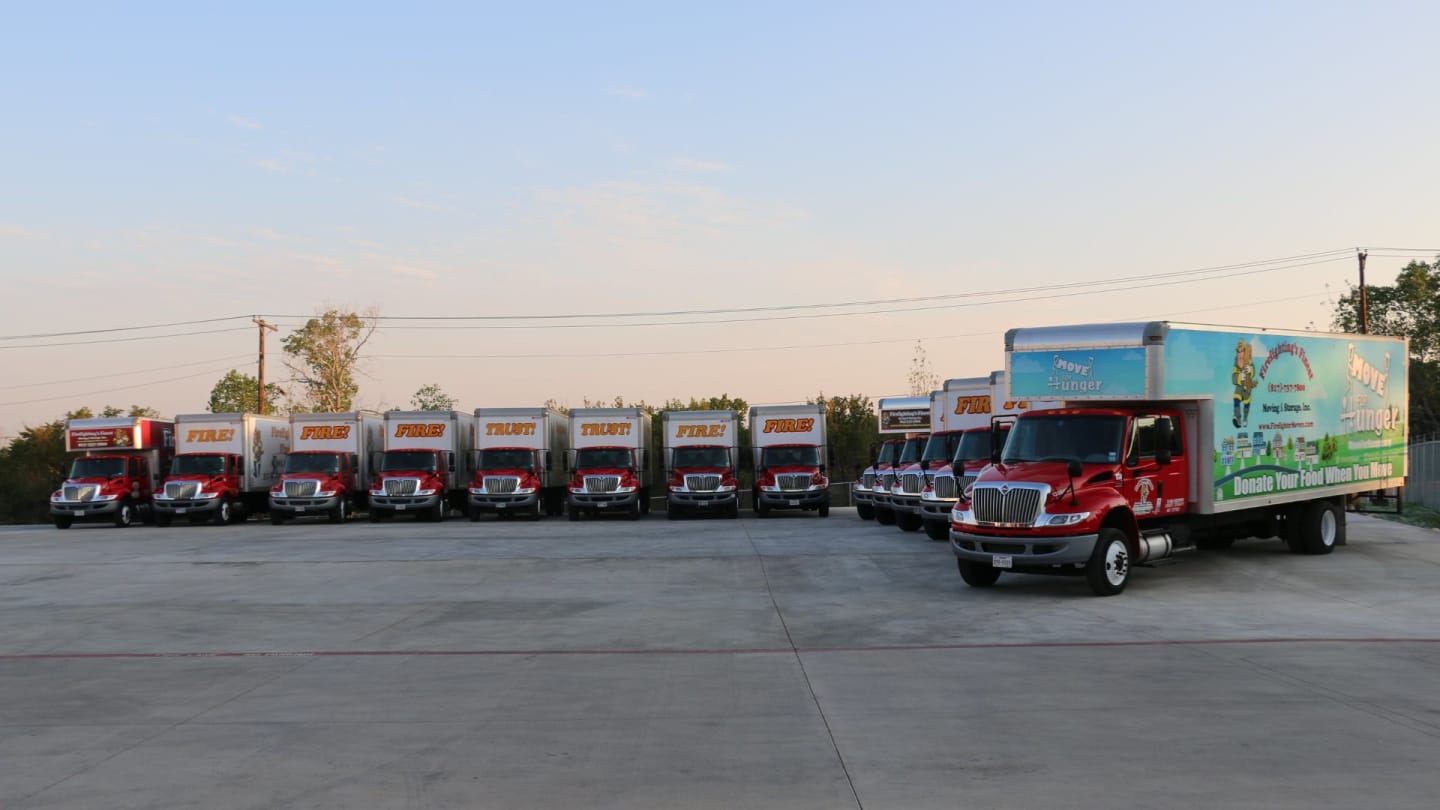How to move all your plants well in any season
What do you do with your plants when it’s time to move? You’ve spent a lot of time and energy cultivating your plants, and you want them to arrive alive to grace your new home as well. Read on for tips on moving plants from the professionals.
Environmental Factors
There are several environmental factors to bear in mind when moving plants including shock, temperature and light.
Light: When left too long in the dark, plants tend to “etiolate” or show abnormal growth that is more susceptible to disease. With plants left in the dark for an extended period, slowly reacclimate them to the light by limiting exposure the first few days.
Shock: The distance or time the move takes doesn’t always make shock greater or worse, simply moving the plant causes shock. And of course, some plants take longer to recover than others.
Temperature: This is the single biggest factor involved. Even for a short duration (an hour or less) temperatures below 35 or above 95 degrees can be fatal. Properly packing plants in cartons can help plants withstand temperature swings.
Moving Plants: Do-It-Yourself?
There are advantages to moving plants yourself. You’ll have more control over environmental conditions than other methods–remember that your parked vehicle can be subject to temperature extremes. Water them thoroughly before leaving, as watering them in your vehicle can become messy. Check how long your plants can survive without water–many can go a week or even longer.
Ceramic pots full of dirt and plants can be heavy to move and are also easily breakable. In order to protect both the plant and the pot, it’s a good idea to transplant the plant into a plastic container several weeks before move day.
Professional Moving
Many professional moving companies will help with moving plants under special rules that provide that the plants are transported not more than 150 miles and/or delivery is completed within 24 hours; no storage is required; and no servicing or watering is required by the mover.
If you are moving to another state, be aware that there may be federal and/or state regulations. Some plants may be prone to harboring destructive pests; therefore, quarantines may be placed in effect. These plants must clear the appropriate federal and/or state officials. Some states require that indoor plants be certified as pest-free. Other states have no requirement so long as the plants are not transported for the purpose of sales. And other states refuse all entry of certain varieties. And finally, some states allow transit through their jurisdiction of uncertified plants as long as they are healthy.
Often, vehicles will be stopped at random on the highway, and any plants carried are inspected for pests. Several states stop vehicles at their borders and inspect all houseplants. Much time can be saved if the plants are accompanied by state-of-origin certifications.
You will need to arrange for inspection of your houseplants by an inspector with the state’s agriculture department. Call your local office and schedule the inspection in advance. You might be allowed to take your plants to the nearest office for inspection and a possible fumigation.
If you have any additional questions about your houseplants in your upcoming move, feel free to give us a call. And remember, plant prep needs to begin weeks in advance–don’t wait.







